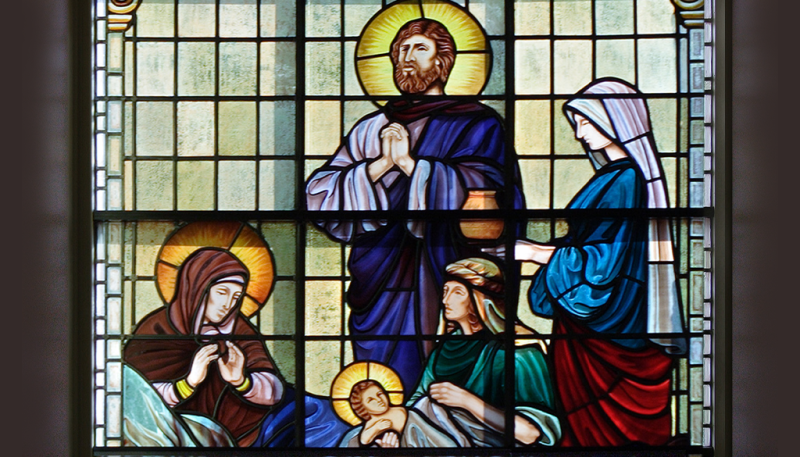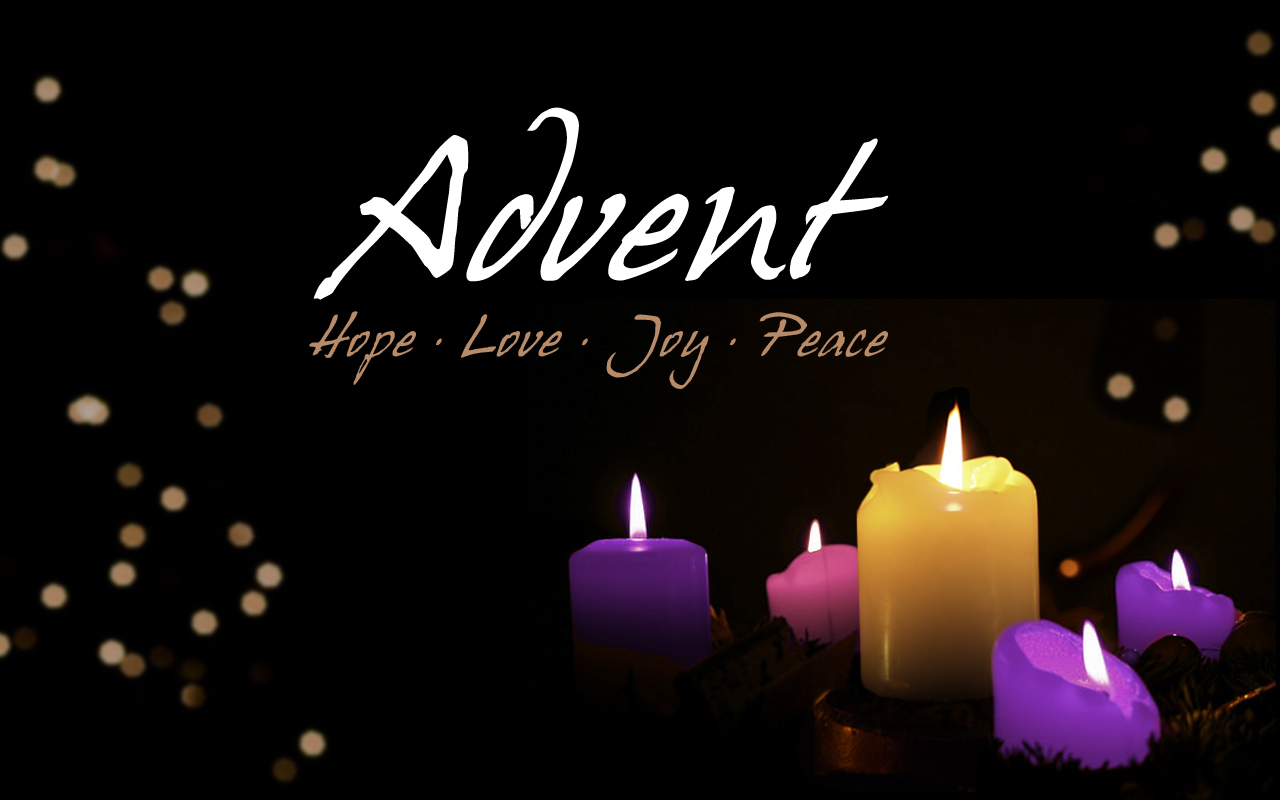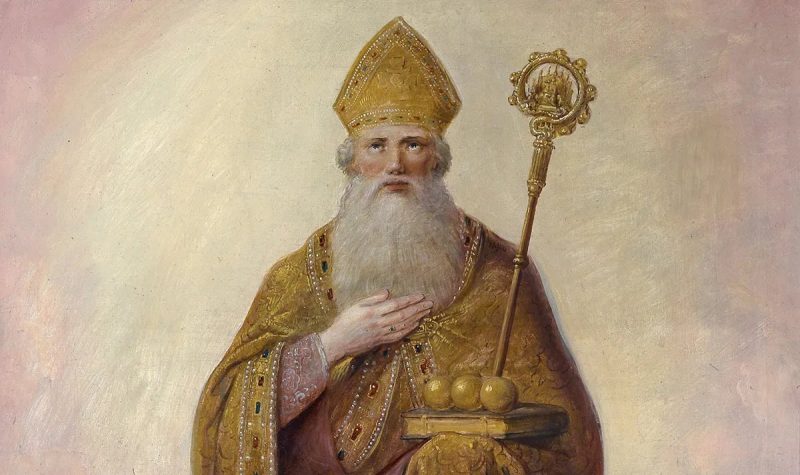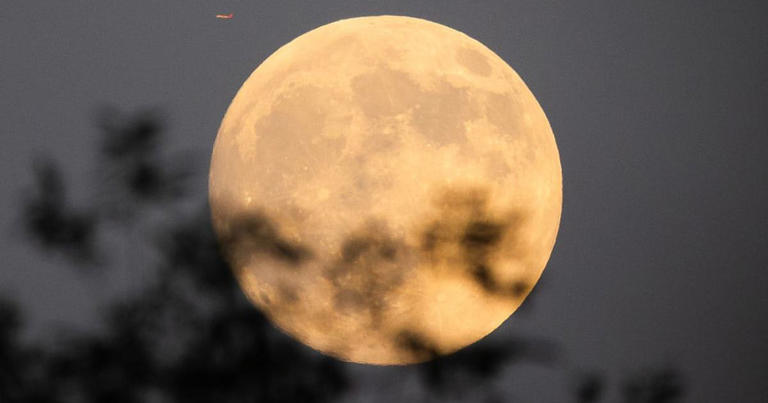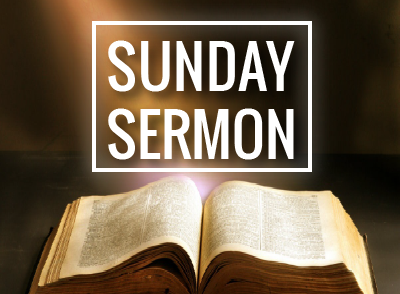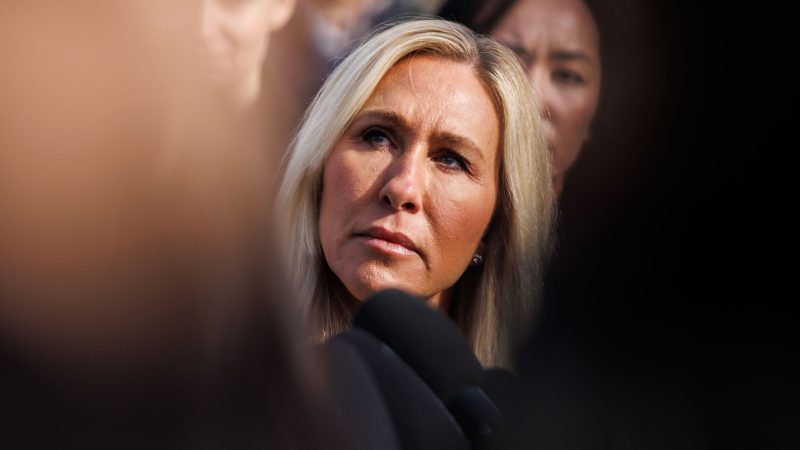Every year, as we draw close to the winter solstice, when the nights feel impossibly long, and daylight seems reluctant to return, the Church gives us a figure whose very name speaks to what we long for. St. Lucy of Syracuse, Santa Lucia, “light,” stands as a witness that even in the darkest moments of human history, God’s radiance cannot be extinguished. Her story is as ancient as the early centuries of the Christian movement, yet it continues to speak with surprising clarity to our own world, where despair, violence, and cynicism often threaten to crowd out hope.
Lucy was born at the end of the 3rd century in Syracuse, a bustling city on the island of Sicily. It was a time when being a Christian was neither safe nor wise. The Diocletian persecutions, among the most brutal in Roman history, targeted Christians with a kind of ferocity meant to stamp out the faith entirely. Yet as has so often been the case, persecution did not silence the Gospel; it revealed the depth of conviction in those who embraced it.
Lucy’s family was wealthy, and her future seemed secure by the standards of the world. Her mother, Eutychia, arranged a marriage for her with a young man of influence. But Lucy had already determined that her life belonged to Christ alone. She had made a private vow of consecration, a promise to live her life as an offering to God and to serve the most vulnerable in her community. To us today, perhaps accustomed to more individual autonomy, this decision might not seem so radical. But in the Roman world, where social order depended heavily on marriage alliances, household wealth, and expectations of women’s obedience, Lucy’s refusal was an act of tremendous spiritual courage.
The story goes that her mother suffered from a long illness, and Lucy urged her to pray for healing at the tomb of St. Agatha, another Sicilian martyr. When Eutychia was cured, she granted Lucy’s request to give her dowry to the poor. In doing so, Lucy placed herself squarely in the path of danger. Her rejected fiancé, furious at the loss of wealth and insulted by her devotion to Christ, denounced her as a Christian. What followed was another familiar pattern in the early Church: the machinery of the empire turning against a young woman whose only crime was fidelity to Christ and compassion for the poor.
Tradition tells us that numerous attempts were made to break her will, attempts that today read like a chilling catalogue of human cruelty. Flames did not consume her. Violence did not silence her. Even the act of gouging out her eyes, a detail that later made her the patron saint of those with vision problems, could not extinguish the inner light she bore. And therein lies the theological heart of her story. Lucy is not remembered for her suffering, but for embodying the truth that the light of Christ cannot be overshadowed by fear or force.
Her martyrdom in 304 CE was not the end of her witness; if anything, it was the beginning of her legacy. Devotion to Lucy spread quickly throughout the Mediterranean. By the Middle Ages, her feast day on December 13 became a celebration of light in many parts of Europe. In Scandinavia, where winter darkness is especially profound, processions of girls wearing white robes and wreaths of candles became a beloved custom. These traditions may be culturally specific, but the symbolism is universal: in the darkest time of the year, we cling to the promise that the light shines in the darkness, and the darkness has not overcome it.
So, what does St. Lucy have to say to us today? What relevance does a 3rd-century martyr hold in a 21st-century world where our struggles look so different—and yet, at their core, not so different at all?
First, Lucy invites us to examine what it means to live with integrity. She did not wait for a safer moment to be faithful. She did not negotiate with her conscience or seek a path of compromise. Instead, she aligned her life with her deepest convictions, regardless of the cost. That kind of clarity, a clarity rooted not in stubbornness but in spiritual trust, has a way of unsettling those who benefit from the status quo. Lucy reminds us that there will always be pressure to conform, to accept the world as it is, even when it contradicts God’s vision for justice, mercy, and compassion. Yet discipleship calls us to something more courageous.
Second, Lucy challenges our assumptions about power. The world of the Roman Empire valued wealth, status, family alliances, and male authority. Lucy, a teenage girl, possessed none of these. And yet her witness outlasted emperors, outlived the institutions that sought to destroy her, and continues to shine across centuries. The Gospel flips the script: the ones dismissed as powerless become the bearers of God’s transforming light.
Finally, Lucy’s story calls us to become light-bearers ourselves. We don’t have to face imperial persecution to understand what it feels like when darkness presses in, whether it be the darkness of grief, injustice, violence, or uncertainty about the future. Lucy’s life suggests that the light we carry is not our own. It is Christ’s light, placed within us, often shining most clearly when circumstances are bleakest. When we choose compassion over indifference, truth over convenience, generosity over self-preservation, we participate in that same light.
As we remember St. Lucy, we also remember that discipleship is not merely about admiration; it is about embodiment. In a season already filled with candles and Advent wreaths, we are invited to let her example illuminate our own path. May her courage inspire ours. May her steadfastness ground our wavering hearts. And may her radiant witness remind us that no matter how deep the night may seem, God’s light is never far off.
St. Lucy of Syracuse, bearer of holy light, pray for us.


